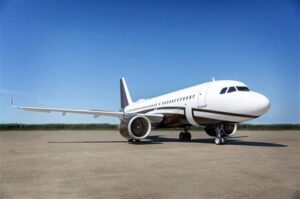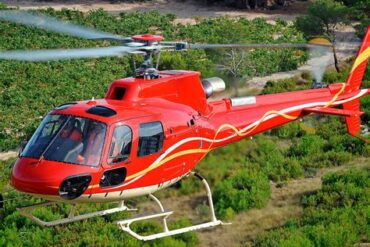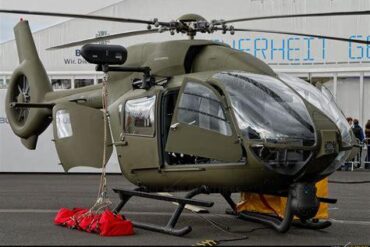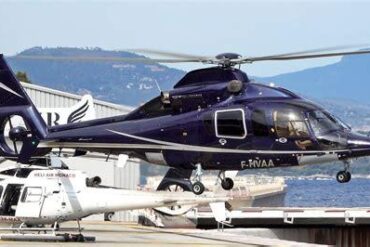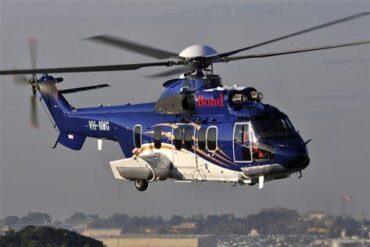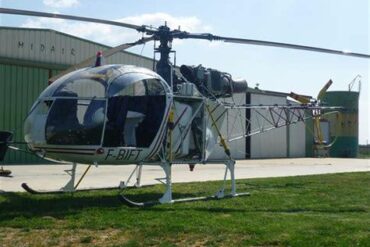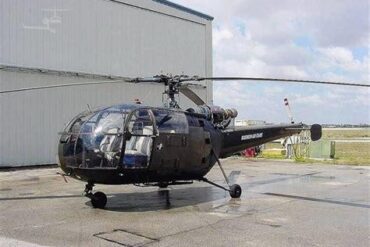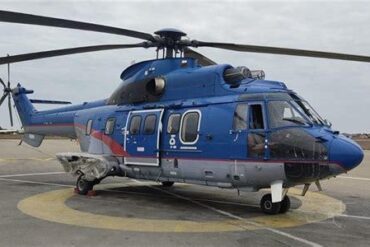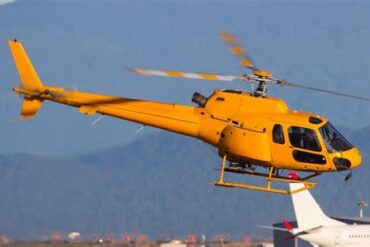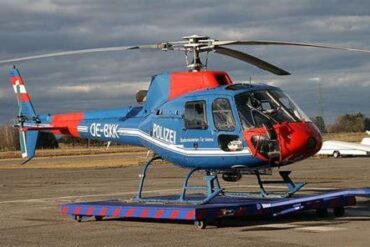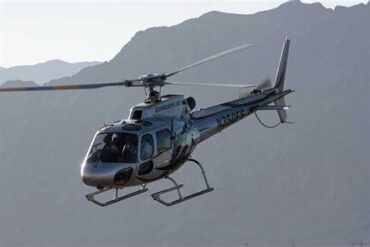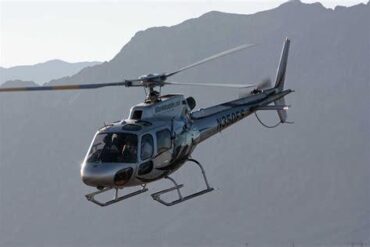The Airbus ACJ319neo is a remarkable aircraft that combines the advanced technology of the A320 family with the luxurious features expected in a business jet. It stands as a testament to Airbus’s commitment to innovation, offering operators a blend of efficiency, comfort, and performance. In this article, we delve into the price and operating costs associated with the Airbus ACJ319neo, providing a comprehensive overview for potential buyers and operators.
Overview of the Airbus ACJ319neo
The ACJ319neo is part of the Airbus Corporate Jets (ACJ) lineup, designed specifically for the private and business aviation market. This aircraft features the latest aerodynamic improvements and engine technology, contributing to its operational efficiency. The neo (New Engine Option) designation signifies enhanced fuel efficiency, which is critical in today’s environmentally conscious aviation sector.
Key Specifications
-
Length: 33.84 meters (111 feet 3 inches)
-
Wingspan: 34.10 meters (112 feet 10 inches)
-
Maximum Takeoff Weight (MTOW): 78,000 pounds (35,380 kg)
-
Passenger Capacity: Up to 19 passengers in a luxurious configuration
-
Range: Approximately 6,750 kilometers (3,636 nautical miles)
These specifications highlight the ACJ319neo’s capabilities, making it an appealing choice for long-range travel without compromising on comfort.
Pricing of the Airbus ACJ319neo
When considering the purchase of an Airbus ACJ319neo, potential buyers need to understand the financial implications. The list price of the ACJ319neo is approximately $95 million. However, the final price can vary significantly based on customization options, additional features, and market conditions.
Customization Options
The ACJ319neo offers extensive customization options, allowing owners to tailor the interior to their specific preferences. From bespoke seating arrangements to state-of-the-art entertainment systems, these customizations can add anywhere from $5 million to $20 million to the base price. Noteworthy features include:
-
Luxurious Cabin Interiors: High-quality materials and finishes, including leather seating and custom cabinetry.
-
Advanced Avionics: Cutting-edge navigation and communication systems that enhance safety and operational efficiency.
-
Entertainment Systems: Integrated systems featuring high-definition displays, satellite communication, and audio-visual capabilities.
These options contribute significantly to the aircraft’s overall cost but are essential for meeting the expectations of high-end clientele.
Operating Costs of the Airbus ACJ319neo
Understanding the operating costs associated with the Airbus ACJ319neo is crucial for budget planning. These costs encompass various aspects, including fuel, maintenance, crew salaries, and insurance.
Fuel Costs
Fuel consumption is one of the most significant ongoing expenses for any aircraft operator. The ACJ319neo benefits from its modern engines, which provide remarkable fuel efficiency. On average, the aircraft consumes about 2,500 liters (660 gallons) of fuel per hour. Given current fuel prices, estimated at $3.00 per gallon, operators can expect fuel costs to be around $1,980 per hour. Over a year, assuming 400 flight hours, this amounts to approximately $792,000.
Maintenance Costs
Routine maintenance is essential for ensuring the longevity and safety of the aircraft. The ACJ319neo requires regular inspections, component replacements, and other upkeep activities. On average, operators can anticipate maintenance costs of about $500,000 annually. This figure includes:
-
Scheduled Maintenance: Regular inspections mandated by aviation authorities.
-
Unscheduled Maintenance: Unexpected repairs due to wear and tear or component failures.
-
Parts Replacement: Costs associated with replacing aging parts and systems.
Crew Salaries
A well-trained crew is vital for the safe operation of any aircraft. For the ACJ319neo, operators typically hire:
-
Pilot: $100,000 – $200,000 annually
-
Co-Pilot: $60,000 – $120,000 annually
-
Flight Attendant(s): $50,000 – $70,000 annually per attendant
Assuming a standard crew of two pilots and one flight attendant, total crew salaries could range from $210,000 to $390,000 per year.
Insurance Costs
Insurance is another significant expense in aircraft operation. The cost of insuring an ACJ319neo can vary widely based on factors like usage, location, and pilot experience. Typically, operators should budget around $100,000 to $150,000 per year for comprehensive insurance coverage.
Total Estimated Operating Costs
Taking all these factors into account, the total annual operating costs for the Airbus ACJ319neo can be summarized as follows:
-
Fuel Costs: $792,000
-
Maintenance Costs: $500,000
-
Crew Salaries: $210,000 – $390,000
-
Insurance Costs: $100,000 – $150,000
This leads to a total estimated range of $1.7 million to $1.9 million annually for operating the ACJ319neo.
Factors Influencing Operating Costs
While the above estimates provide a solid foundation, it’s important to note that actual operating costs can fluctuate based on several factors:
-
Flight Hours: Increased flight hours lead to higher fuel and maintenance costs.
-
Route Selection: Longer routes may incur additional fuel expenses.
-
Aircraft Age: Older aircraft tend to have higher maintenance costs due to wear and tear.
-
Regulatory Compliance: Compliance with changing aviation regulations can impact maintenance and operational costs.
Conclusion
The Airbus ACJ319neo is an exceptional choice for those seeking a blend of luxury, efficiency, and performance in business aviation. With a base price of approximately $95 million and annual operating costs ranging from $1.7 million to $1.9 million, it represents a significant investment. However, the value it provides through comfort, advanced technology, and range makes it a worthy consideration for discerning operators. Understanding the comprehensive cost structure is essential for making informed decisions in the competitive landscape of business aviation.
